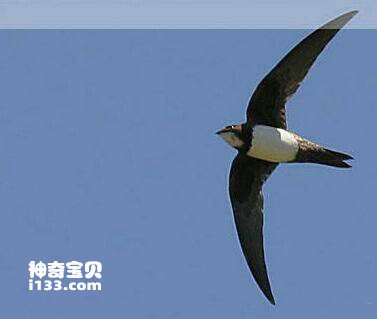
Berlioz's Swift
Berlioz's Swift,Apus berliozi
The scientific name of the swift Berlioz; s Swift, foreign name Apus berlioz···
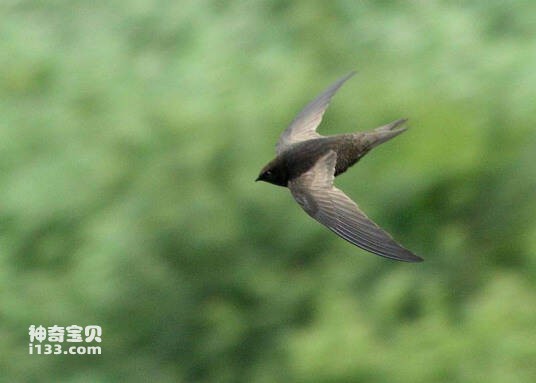
Apus batesi
Apus batesi,Bates's Swift
Its scientific name is Apus batesi, its foreign name is Bates' s Swift, ···
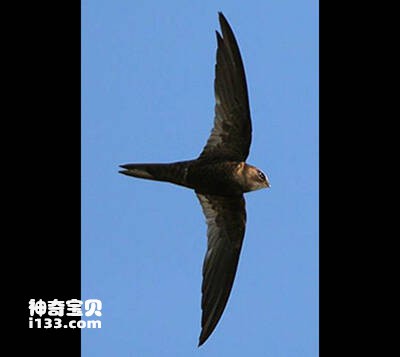
Apus barbatus
Apus barbatus,African Black Swift
The African Black Swift is known as Apus barbatus and African Black Swift.Pr···
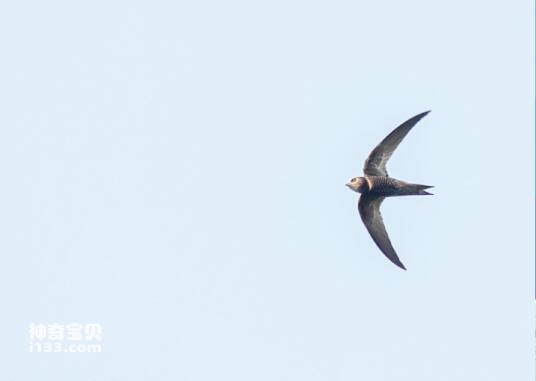
Malagasy Black Swift
Malagasy Black Swift,Apus balstoni
The Malagasy Black Swift (Apus balstoni) has an unknown habit.Protect wild a···
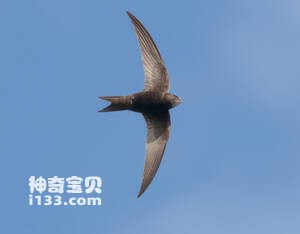
Apus apus
Apus apus,Common Swift,European Swift,Swift,Martinet noir
The Common swallow (Apus apus) has two subspecies: common Swift, European Sw···
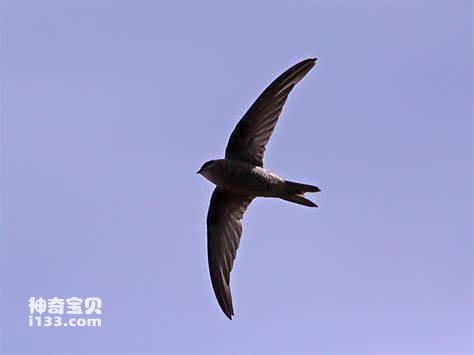
Apus alexandri
Apus alexandri,Alexander's Swift
Its scientific name is Apus alexandri, its foreign name is Alexander' s ···
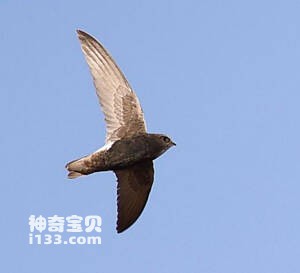
Apus affinis
Apus affinis,Little Swift,House Swift,Martinet des maisons
The small Swift (Apus affinis) has six subspecies: Little Swift, House Swift···
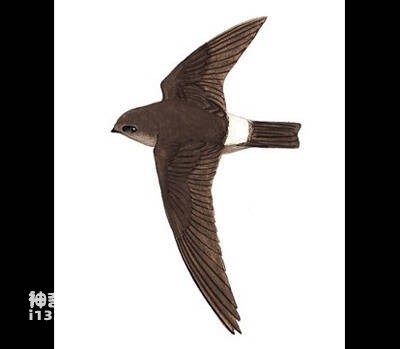
Aerodramus maximus
Aerodramus maximus
The Greater Swiftlet (Aerodramus maximus) is a species of animal in the genu···
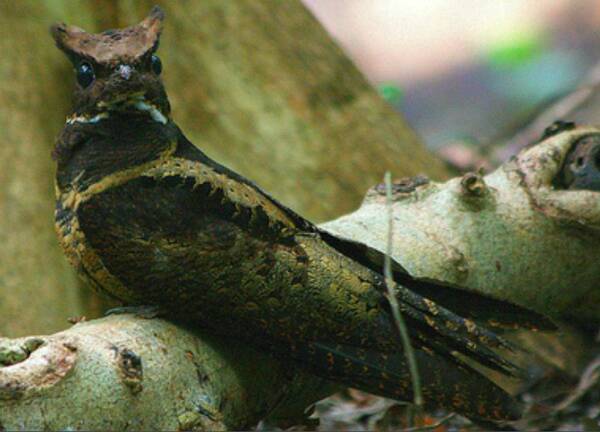
Lyncornis macrotis
Eurostopodus macrotis,Great Eared Nightjar,Lyncornis macrotis
The hairy-legged nightjar is a medium-sized bird of the family Viperidae and···
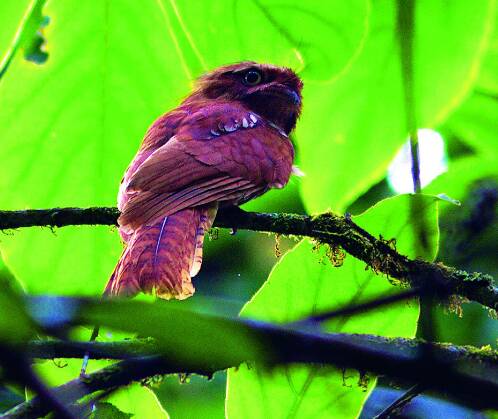
Batrachostomus hodgsoni
Hodgson's Frogmouth,Batrachostomus hodgsoni
The black-capped frogmouth is a small bird. It is similar in shape to a nigh···
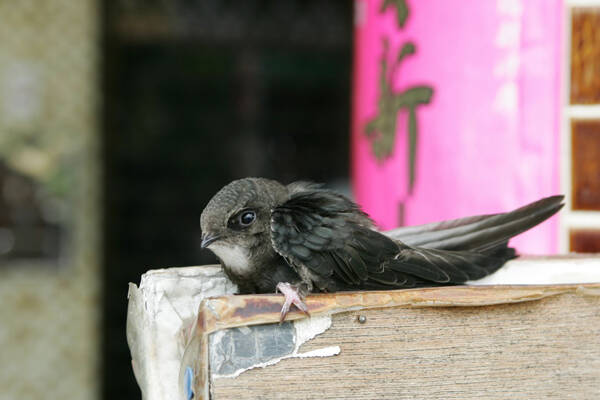
Apus nipalensis
Apus nipalensis,Little Swift
The small white-rumped swift lives and moves in groups. Sometimes it also fl···
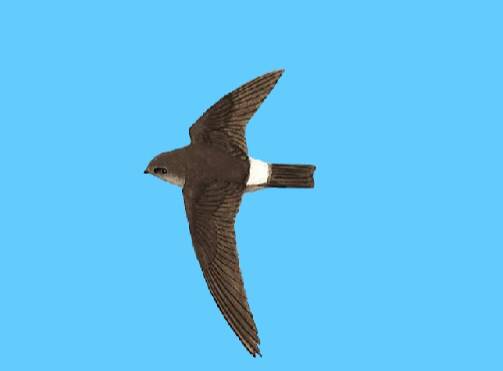
Apus acuticauda
Apus acuticauda,Dark-backed Swift
Dark-backed swift, Latin name Apus acuticauda, is distributed in the Indian ···
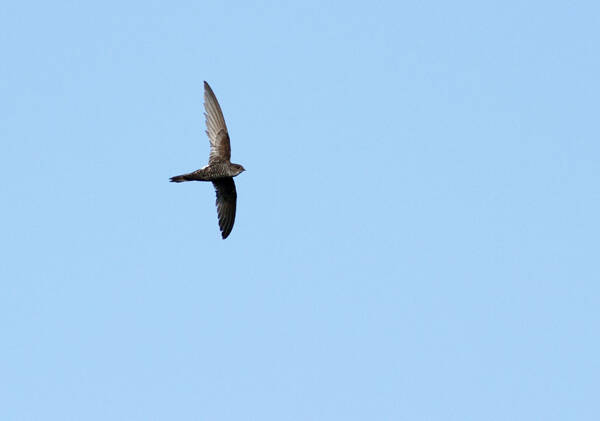
Apus pacificus
Apus pacificus,Fork-tailed Swift
White-rumped swifts are summer migratory birds. They migrate here in spring ···
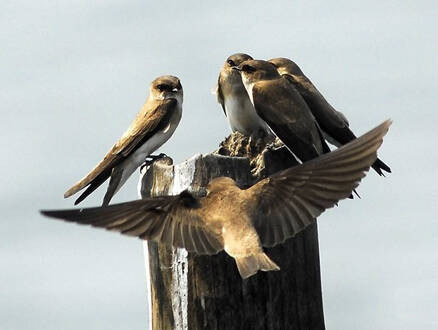
Apodidae
Apodidae,House swift, common swift
Apodidae (scientific name) is commonly known as swifts. In animal taxonomy, ···
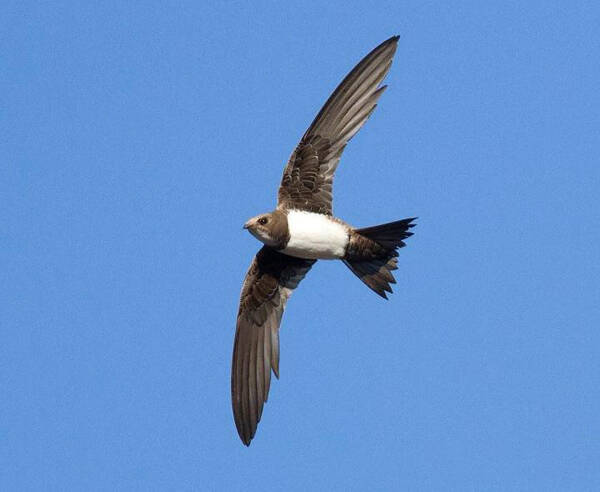
Tachymarptis melba
Tachymarptis melba
The Alpine Swift is a species of swift. Swifts are air-dwelling birds that o···
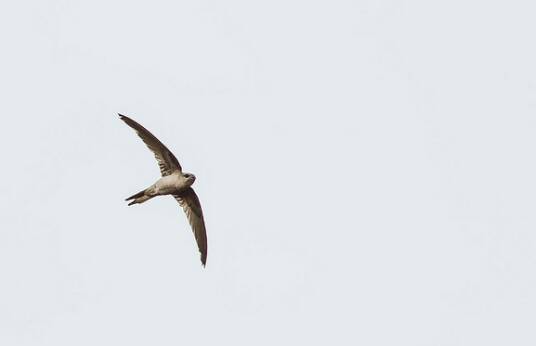
Asian Palm-swift
Asian Palm-swift,Cypsiurus balasiensis
Palm Swifts use the crowns of palm trees and their drooping dead leaves and ···
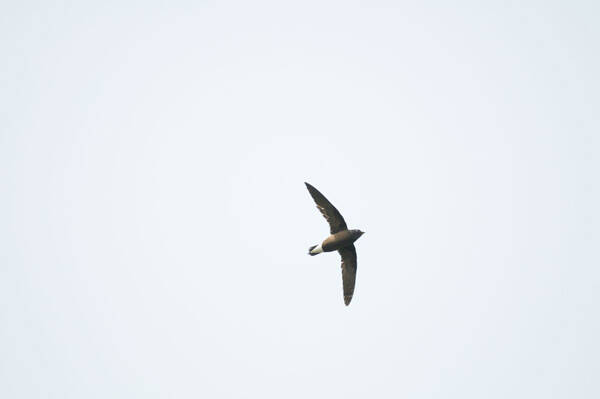
Hirundapus giganteus
Hirundapus giganteus,Brown-backed Spinetail
Brown-backed needle-tailed swift, Latin name: Hirundapus giganteus, is a lar···
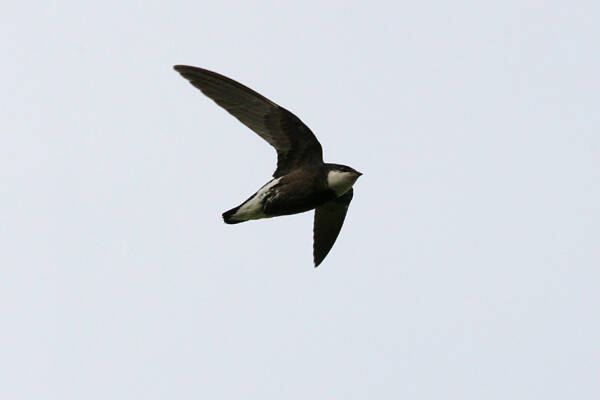
White-throated Needletail
White-throated Needletail,Hirundapus caudacutus
The White-throated Needle-tailed Swift is a bird of the genus Apodidae. It l···
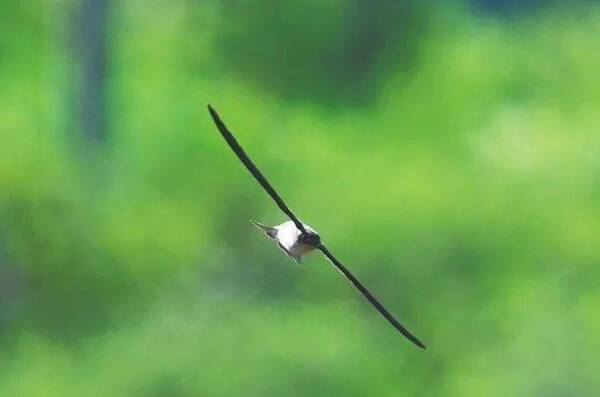
Germain's Swiftlet
Germain's Swiftlet
The Gouldian Swiftlet belongs to the Swiftidae family. The population is rar···
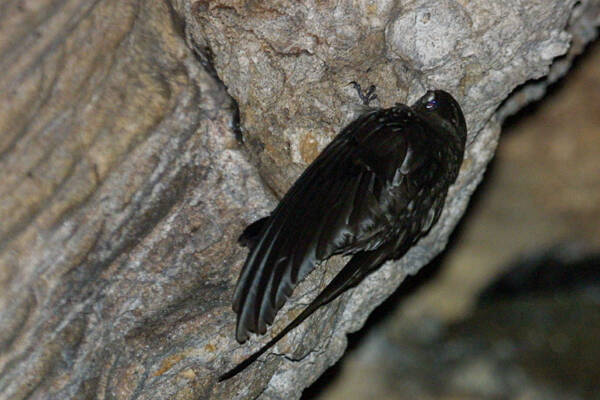
Aerodramus brevirostris
Aerodramus brevirostris,Himalayan Swiftlet
The short-billed swiftlet is a small bird that often flies in groups over it···
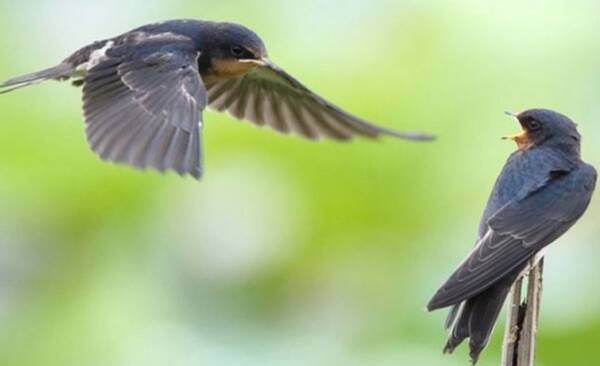
swift
swift,Guanyin swallow, swallow, clumsy swallow, house swallow, wild swallow, brown swift, European swift
The fastest animal on earth that can fly long distances is the Spine-tailed ···
